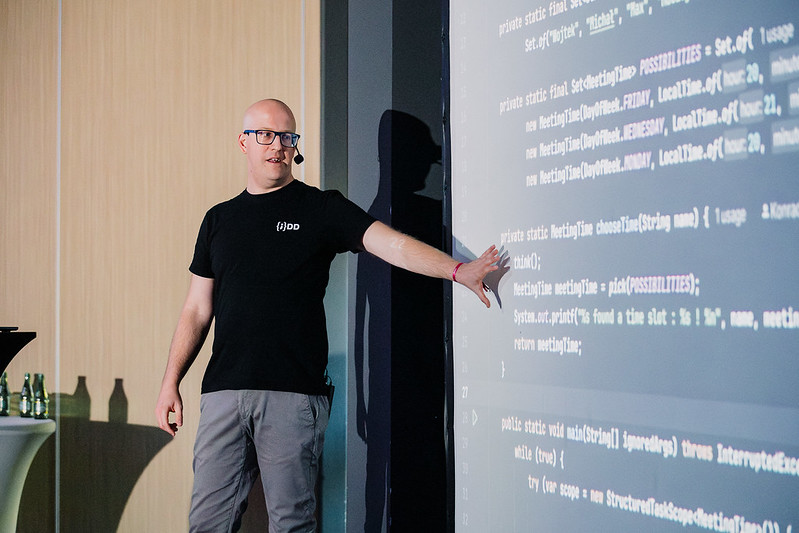Skills required for Java Developers in 2025

The IT market in 2025 is changing faster than ever before. Automation, artificial intelligence, cloud computing, and new software development paradigms mean that programmers are required not only to be proficient in code, but also to be able to adapt to new trends. Java, despite being over 25 years old, remains one of the most widely used languages in business, from banking systems and corporate applications to cloud solutions and microservices. However, in order for Java developers to remain competitive in the job market in the coming years, they must develop in several key areas.
- Solid foundations: Core Java, concurrency, JVM tuning
Without knowledge of the basics (collections, multithreading, streams, synchronization), it is difficult to write efficient and stable code. The ability to manage concurrency (CompletableFuture, synchronizers) and tune the JVM are elements that distinguish a good developer from an average one.
- Modern ecosystem: Spring Boot, Spring Framework, Spring Security, Spring Cloud
Spring remains the foundation of the Java world: framework, boot, security, and cloud are a mandatory set of competencies.
- Distributed architectures, cloud, and containers
- Microservices: creating scalable, compact services using Spring Boot and Spring Cloud
- Cloud (AWS, Azure, GCP): practical knowledge of clouds is a must today
- Containers and orchestration (Docker, Kubernetes): key to CI/CD and application scaling
- Development tools and DevOps
- Git + CI/CD, automation, building, testing, and automated deployment
- Practical knowledge of tools such as Jenkins, and presence in the container cloud
- API – REST, caching, design patterns
- RESTful API design, security, versioning
- Developing scalability through data caching e.g., Redis
- Big Data, data integration, and analysis
Knowledge of frameworks such as Apache Spark, Kafka, and other Big Data tools is essential in the areas of analysis and processing of large data sets.
- New trends
- Quarkus – a container optimized framework, fast startup, low memory: ideal for microservices and serverless environments.
- Vibe Coding – a new method of writing code for Java using AI assistants (LLM). Initial adoption has already begun, although it requires a critical approach and quality control.
Summary
This is only a fragment of Java’s dynamically developing landscape. New frameworks, tools, and approaches appear almost every quarter, and their impact on the work of programmers is growing. If you want to stay up to date with the latest trends and find out what skills will really determine your position in the market, the best place to do so is the JDD 2025 conference. There, experts from around the world will show you what the future of Java looks like and how to prepare for it.
Don’t wait – register now: https://eventory.cc/event/jdd-2025/tickets
